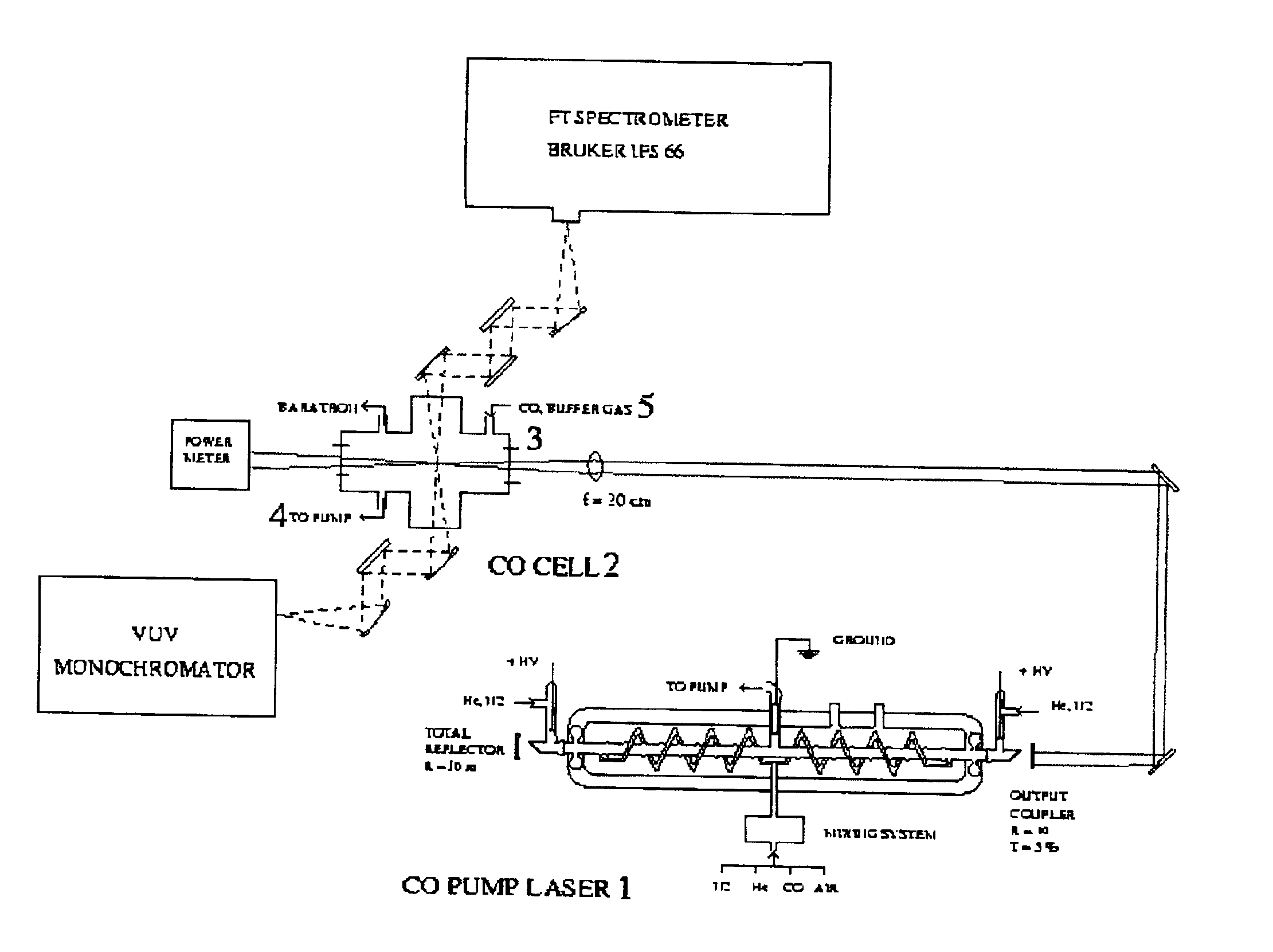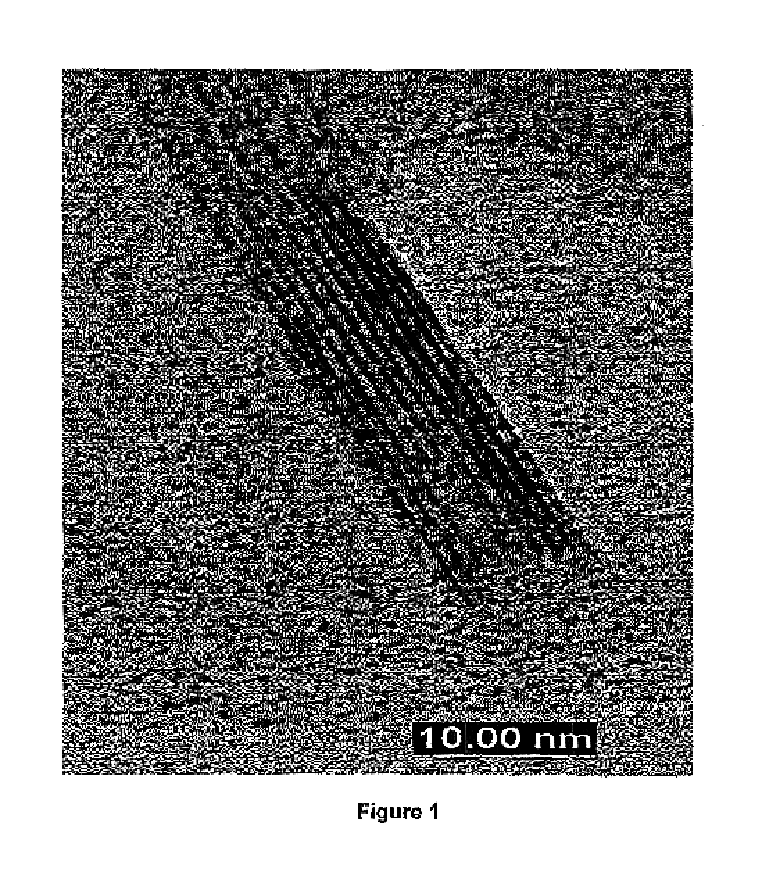Synthesis method for producing carbon clusters and structured carbon clusters produced thereby
a technology of carbon clusters and carbon clusters, which is applied in the direction of fullerenes, nitrogen oxides/oxyacids, instruments, etc., can solve the problems of ineffective driving reaction, harmful or otherwise disadvantageous, and counterproductive to the overall synthesis process
- Summary
- Abstract
- Description
- Claims
- Application Information
AI Technical Summary
Benefits of technology
Problems solved by technology
Method used
Image
Examples
Embodiment Construction
)
In accordance with the foregoing summary, the following presents a detailed description of the preferred embodiment of the invention that is currently considered to be the best mode.
Methods of the present invention for the synthesis of advanced carbon compounds such as carbon nanotubes are based on ordered molecular clusters. These methods create new types of chemical reactors capable of producing large amounts of carbon atoms at low and variable temperature. In these reactors, large amounts of energy are stored in the vibrational mode of carbon-containing reactant molecules by use of laser irradiation, electric discharges, and supersonic expansions. A preferred embodiment comprises the vibrational excitation of carbon monoxide molecules, in the gas phase, using a carbon monoxide laser.
A preferred embodiment comprises the vibrational excitation of gaseous carbon monoxide (CO) reactant using a carbon monoxide laser 1 as shown in the experimental setup shown in FIG. 5.
Gaseous carbon ...
PUM
| Property | Measurement | Unit |
|---|---|---|
| translational temperature | aaaaa | aaaaa |
| translational mode temperature | aaaaa | aaaaa |
| translational mode temperature | aaaaa | aaaaa |
Abstract
Description
Claims
Application Information
 Login to View More
Login to View More - R&D
- Intellectual Property
- Life Sciences
- Materials
- Tech Scout
- Unparalleled Data Quality
- Higher Quality Content
- 60% Fewer Hallucinations
Browse by: Latest US Patents, China's latest patents, Technical Efficacy Thesaurus, Application Domain, Technology Topic, Popular Technical Reports.
© 2025 PatSnap. All rights reserved.Legal|Privacy policy|Modern Slavery Act Transparency Statement|Sitemap|About US| Contact US: help@patsnap.com



